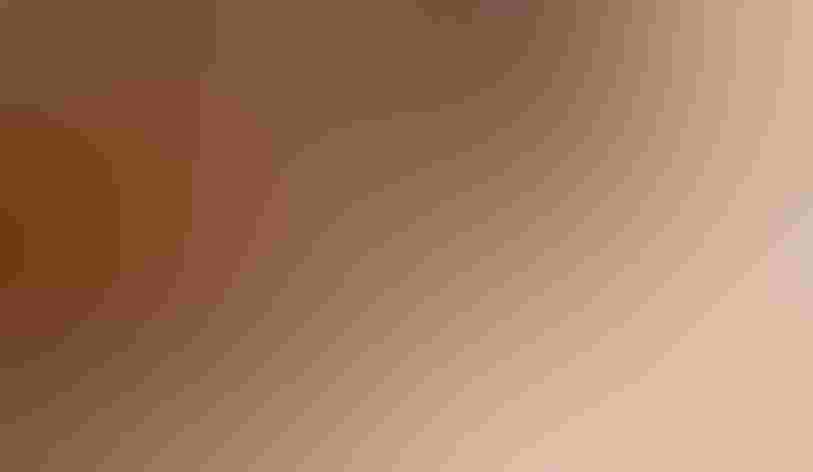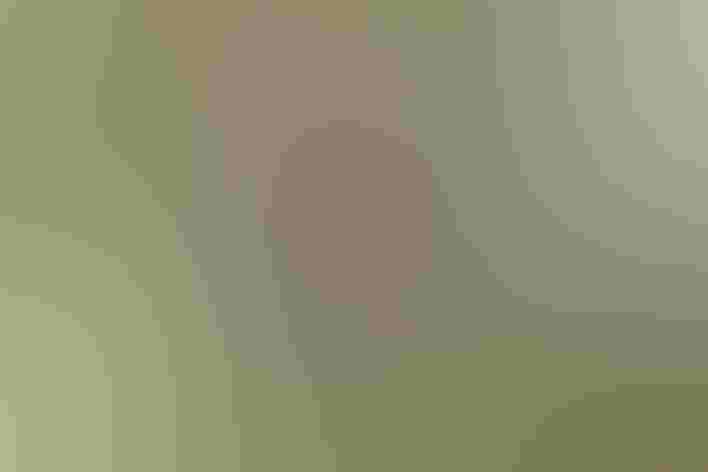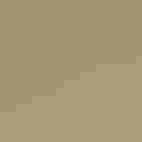Cassin’s Finch
At a Glance
Like a slightly larger, longer-billed version of the Purple Finch, Cassin's Finch is a resident of mountains and conifer forests of the West. It is sometimes found at very high elevations, in the scrubby forest just below treeline, especially in late summer. At other times, little roving flocks wander through the woods, often feeding on buds and seeds high in the trees. The complicated song of the male often includes brief imitations of other birds.
All bird guide text and rangemaps adapted from Lives of North American Birds by Kenn Kaufman© 1996, used by permission of Houghton Mifflin Harcourt Publishing Company. All rights reserved.
Category
Finches, Perching Birds
IUCN Status
Near Threatened
Habitat
Arroyos and Canyons, Forests and Woodlands, High Mountains
Region
California, Northwest, Plains, Rocky Mountains, Southwest, Texas, Western Canada
Behavior
Flitter, Rapid Wingbeats, Undulating
Population
3.200.000
Range & Identification
Migration & Range Maps
Somewhat nomadic, with numbers present in a given locality often changing from year to year. Irregular in winter occurrence in lowlands, but sometimes wanders well out onto plains.
Description
6-6 1/2" (15-17 cm). Very similar to Purple Finch (which is absent from many areas of the west). Cassin's is slightly larger, with slightly longer bill. Note dark streaks on white undertail coverts. Male has sharply defined red cap, paler pink chest. Female has plainer face, sharper streaks below than female Purple; often shows pale eye-ring. Compare also to House Finch, usually at lower elevations.
Size
About the size of a Robin, About the size of a Sparrow
Color
Brown, Red, White
Wing Shape
Pointed
Tail Shape
Notched
Songs and Calls
Song is a series of warbles, similar to the Purple Finch's but flutier and more varied. Call note, a high pwee-de-lip, is diagnostic.
Call Pattern
Complex, Falling, Rising, Undulating
Call Type
Chatter, Chirp/Chip, Hi, Trill, Whistle
Habitat
Conifers in high mountains; lower levels in winter. Breeds mostly in mountain forests of conifers, especially spruce and fir, also in pine and Douglas-fir in some areas and sometimes in pinyon-juniper woods. Often at very high elevations, near treeline in mountains. Winters in mountain forests of conifers, sometimes in open woods of lower valleys.
Sign up for Audubon's newsletter to learn more about birds like the Cassin's Finch
Behavior
Eggs
4-5, sometimes 3-6. Bluish green, with brown and black spots often concentrated at larger end. Incubation is by female only, about 12-14 days. Male often feeds female during incubation.
Young
Both parents feed nestlings. Young leave nest about 2 weeks after hatching, and parents and young may promptly leave nesting area.
Feeding Behavior
Does much foraging up in trees, especially when ground is snow-covered; also feeds in weedy growth and on ground. Except when nesting, often forages in small flocks.
Diet
Mostly seeds, buds, berries. Feeds mainly on vegetable material. Buds of various trees often staple items in diet, also eats seeds of many trees (especially conifers) and some weed seeds. Feeds on berries and small fruits when available. Also eats some insects, perhaps mainly in summer.
Nesting
Numbers breeding in an area often change from one year to the next, possibly in response to food supplies. May nest in small colonies. Male often does not defend much of a nesting territory, instead simply staying close to female and driving away rival males. Nest: Usually placed in large conifer, commonly about 30-40' above ground, may be as low as 10' or as high as 80' up; sometimes in aspen or other deciduous tree. Nest (probably built by female) is open cup made of twigs, weeds, rootlets, strips of bark, lined with fine grass, plant fibers, animal hair, sometimes decorated with lichens.
Conservation
Conservation Status
Common and widespread, but surveys suggest declining populations in recent decades.
Climate Threats Facing the Cassin's Finch
Choose a temperature scenario below to see which threats will affect this species as warming increases. The same climate change-driven threats that put birds at risk will affect other wildlife and people, too.







